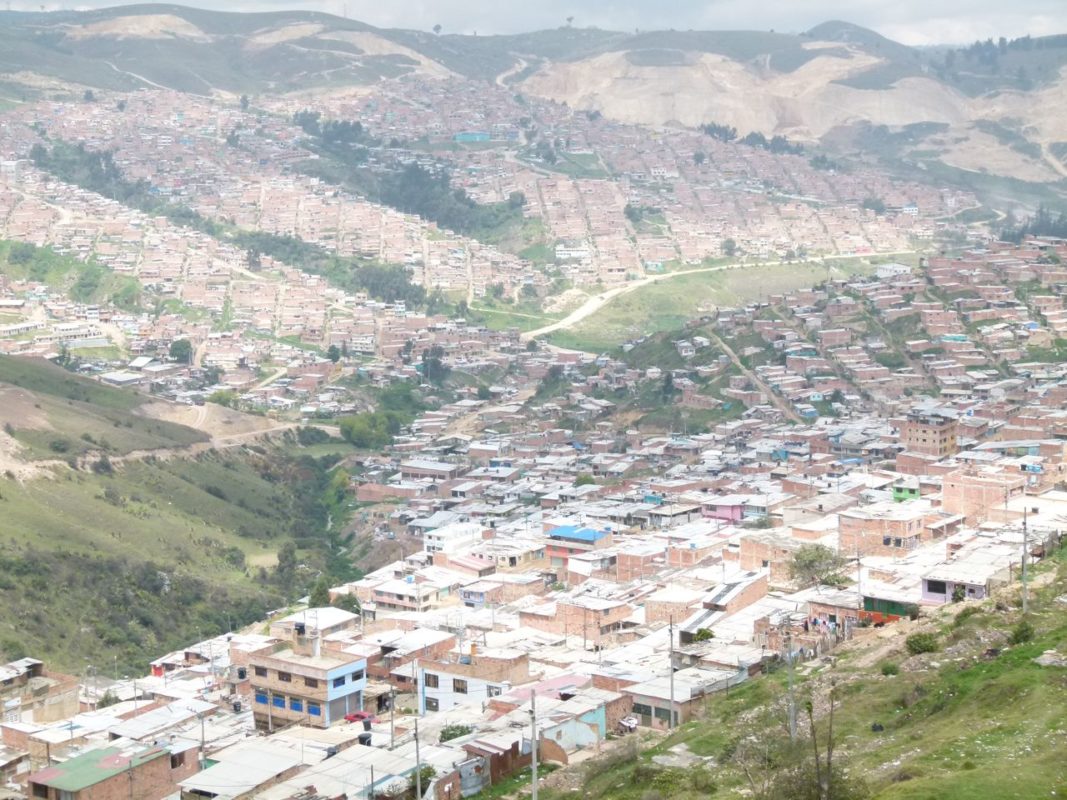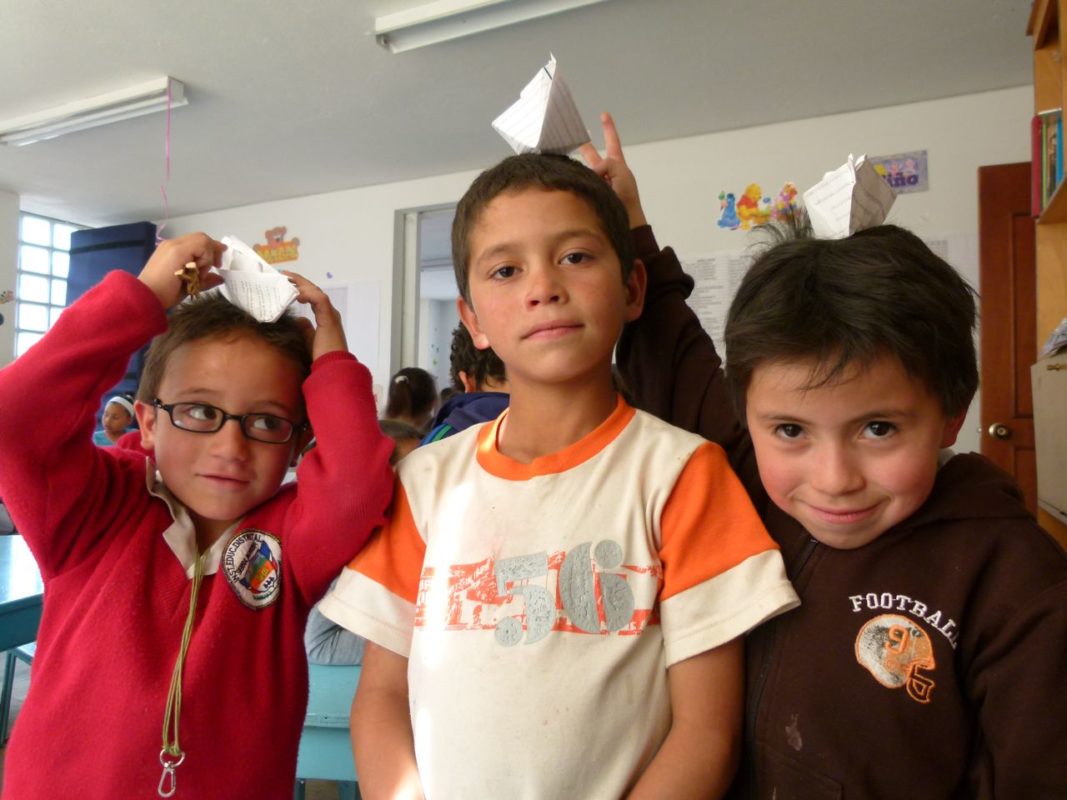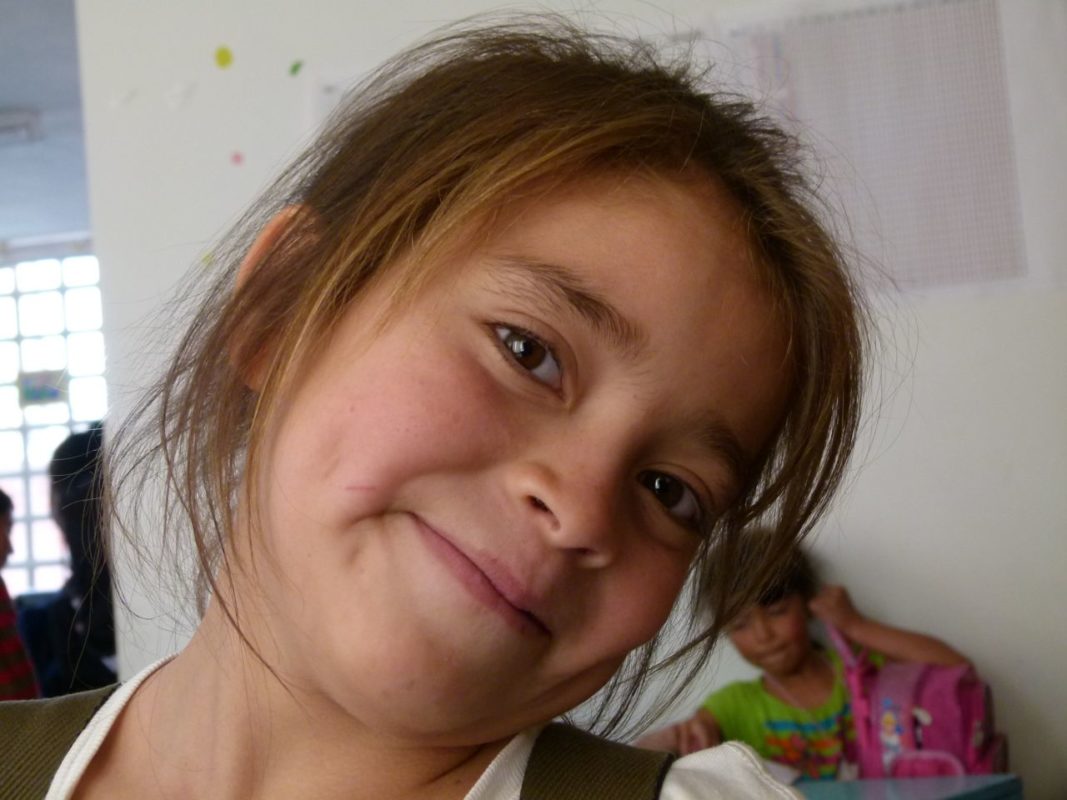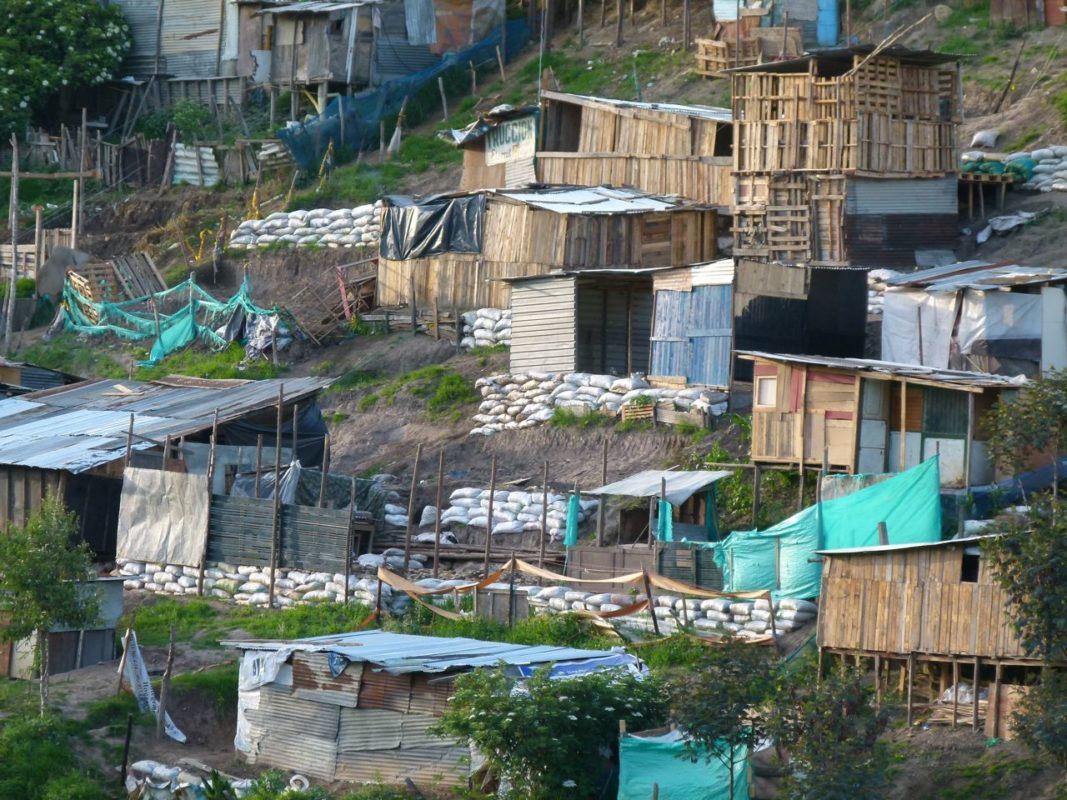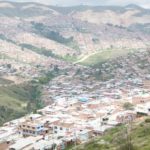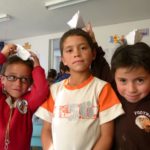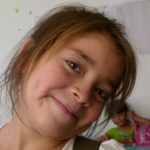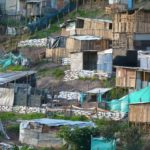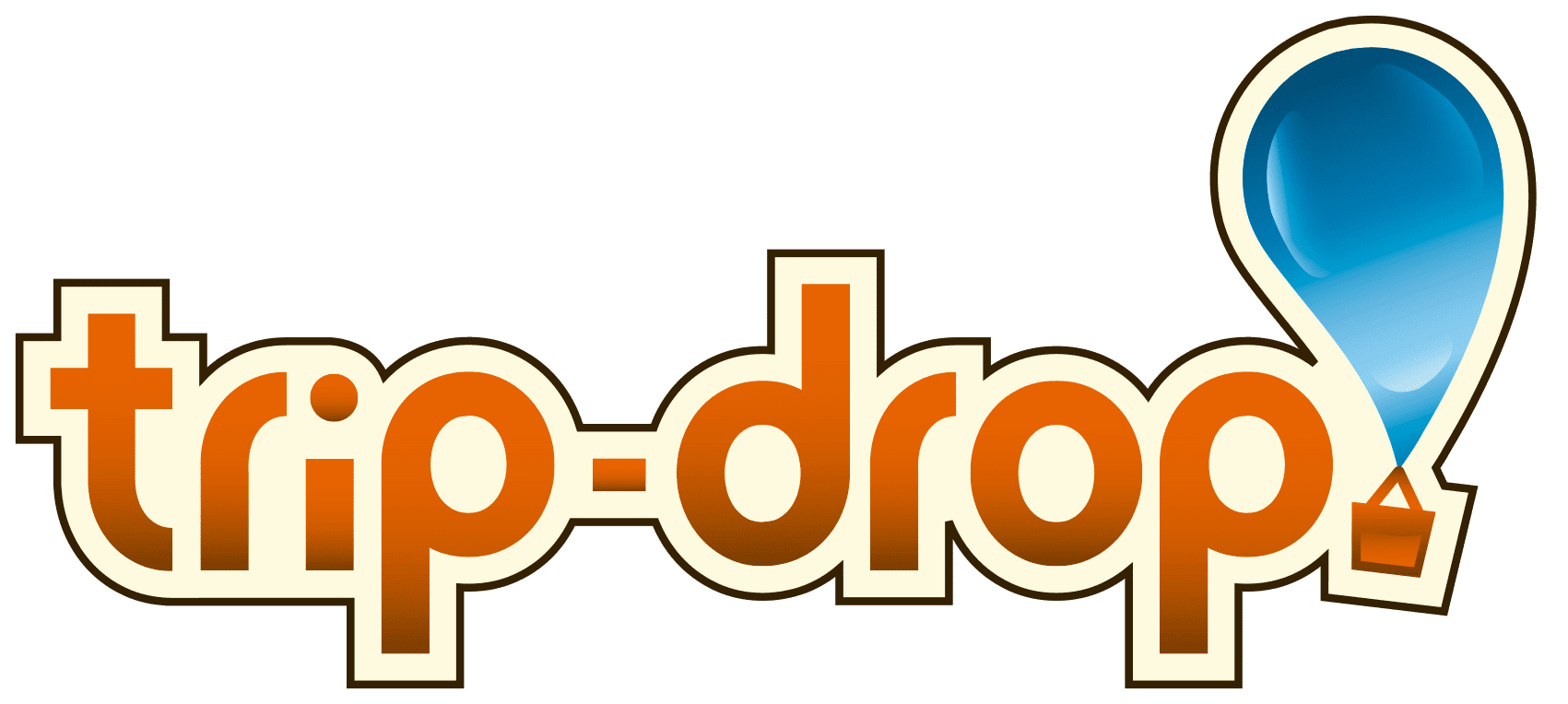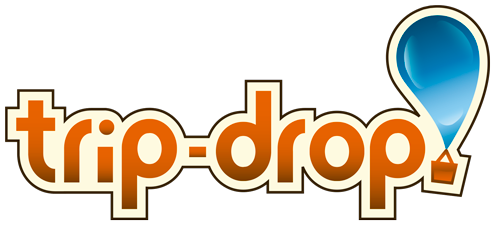Pintando Caminos
Colombia | Bogotá
Type of project:
June, 2016
WHAT DO WE NEED?
For 15 years, the NGO Pintando Caminos has been working with children, youth and families from the Potosí, Caracolí and Jerusalem neighborhoods in the city of Ciudad Bolívar.
It would be very great if you can bring with you some workshop of crafts, plastic arts, drawing, etc. In addition to provide the material to the center, it will give the traveler the opportunity to get involved and participate with the children in any activity.
Everything can be bought in the Ciudad Bolívar sector, it is cheaper and the money stays there, supporting local economy. It is one of the most disadvantaged neighborhoods in Bogotá.
Contcat them before the visit.
HOW TO GET?
Carrera 46A N 81B SUR - 22 Ciudad Bolívar, Bogotá
Barrio de Potosí, Ciudad Bolivar, Bogotá
Carrera 46A N 81B SUR - 22 Ciudad Bolívar, Bogotá
Barrio de Potosí, Ciudad Bolivar, Bogotá
AND IF YOU COME, we recommend that you visit
Monserrate Hill: Monserrate is the biggest icon of the city. This hill can be accessed by funicular, cable car or walking up the stairs. Here you can find the Sanctuary of the fallen Lord, the viewpoint, restaurants of Colombian food and sale of handicrafts and typical products. La Candelaria: To know the city of Bogotá with its past is very easy, because this past is there, within the reach of anyone, capable of appreciating it. In their houses of nineteenth-century eaves and colonial balconies of the La Candelaria neighborhood of Bogotá, the ghosts of the viceroys that once inhabited courtyards and halls, are hidden. Nowadays, colonial mansions have been turned into theater and museum halls, or have disappeared to build modern University buildings and the most visited library in the continent, the Luis Ángel Arango Library. Gold Museum: The Gold Museum houses one of the most important pre-Hispanic metallurgical collections in the world. Here you can find goldsmith, metal and ceramic pieces from the indigenous cultures of the country. Within the collection are the Muisca Balsa and the Poporo Quimbaya, symbols of the museum. Simon Bolivar Metropolitan Park: The largest and most loved park in the city. It is a complex that in more than 400 hectares houses the Central parks, El Salitre, El Lago, the Virgilio Barco Library, the High Performance Center and the Botanical Garden among others. In the Central Park is the Plaza de Eventos, the main venue for concerts and massive events in Bogotá.
Monserrate Hill: Monserrate is the biggest icon of the city. This hill can be accessed by funicular, cable car or walking up the stairs. Here you can find the Sanctuary of the fallen Lord, the viewpoint, restaurants of Colombian food and sale of handicrafts and typical products. La Candelaria: To know the city of Bogotá with its past is very easy, because this past is there, within the reach of anyone, capable of appreciating it. In their houses of nineteenth-century eaves and colonial balconies of the La Candelaria neighborhood of Bogotá, the ghosts of the viceroys that once inhabited courtyards and halls, are hidden. Nowadays, colonial mansions have been turned into theater and museum halls, or have disappeared to build modern University buildings and the most visited library in the continent, the Luis Ángel Arango Library. Gold Museum: The Gold Museum houses one of the most important pre-Hispanic metallurgical collections in the world. Here you can find goldsmith, metal and ceramic pieces from the indigenous cultures of the country. Within the collection are the Muisca Balsa and the Poporo Quimbaya, symbols of the museum. Simon Bolivar Metropolitan Park: The largest and most loved park in the city. It is a complex that in more than 400 hectares houses the Central parks, El Salitre, El Lago, the Virgilio Barco Library, the High Performance Center and the Botanical Garden among others. In the Central Park is the Plaza de Eventos, the main venue for concerts and massive events in Bogotá.

